Driving Is Hard is a unique bathtub-driving climbing game that pushes patience to its limits. Developed by Elegant Horse Studios, it stands out with an absurd yet compelling concept: piloting a bathtub on monster-truck wheels up a perilous vertical mountain. As a fresh entry into the Foddian genre—popularized by titles like Getting Over It, Only Up!, and Chained Together—it brings humor, heart, and frustration in equal measure.
Gameplay
The Journey
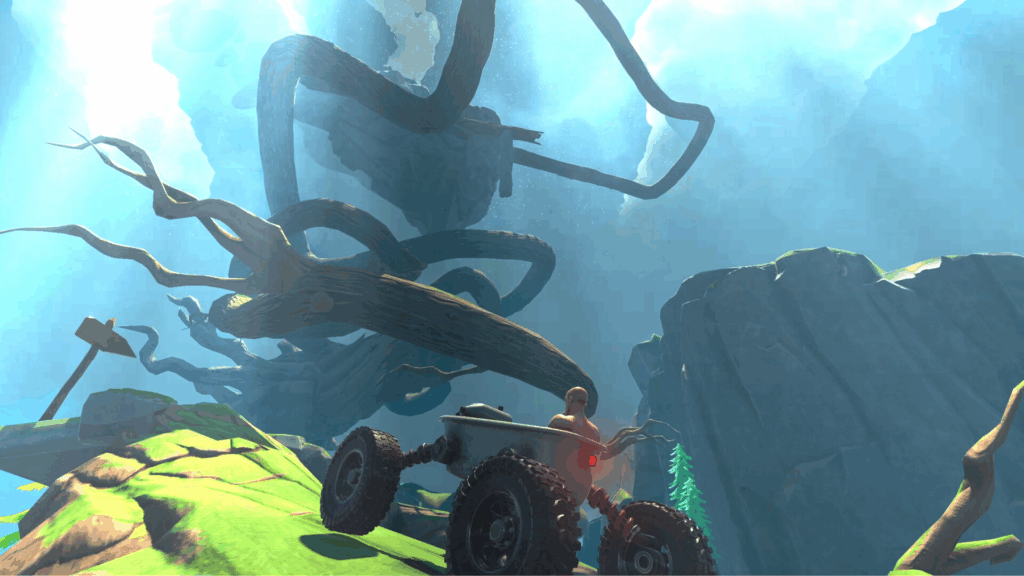
The gameplay loop is deceptively simple: ascend, fall, and try again. Each attempt is a cycle of trial, error, and steady improvement. Unlike some punishing entries in the genre, Driving Is Hard offers a slightly more forgiving design. The levels are thoughtfully constructed to allow partial recoveries rather than full resets, which keeps progress satisfying and encourages perseverance.
Failures feel fair, attributed to player error rather than unpredictable physics. This balance fosters determination rather than rage, inviting players to keep pushing forward.
Core Mechanics
The controls are minimal—accelerate, brake, tilt, and jump—but mastering them is another story. The bathtub’s oversized wheels grant surprising traction, enabling players to grip steep slopes and invent unorthodox paths to victory.
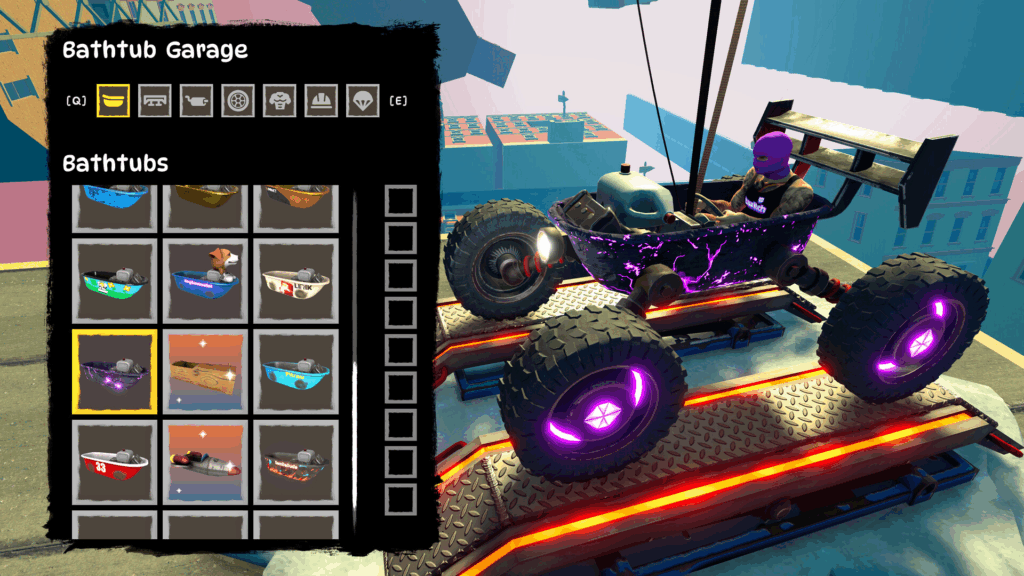
The physics system is consistent and rewards finesse. Advanced movement techniques like throttle modulation, midair tilting, and precision braking become essential as the terrain grows increasingly difficult.
Story and World-Building
What sets Driving Is Hard apart from many in its genre is its inclusion of a heartfelt narrative. Players control Jeff, a young man grappling with the weight of family expectations and self-doubt. His uphill journey mirrors an emotional climb toward self-acceptance.
Jeff’s inner monologue and conversations with his critical father provide comedic relief and emotional resonance. These narrative elements unfold naturally throughout the ascent, weaving humor and introspection into the game’s pacing.
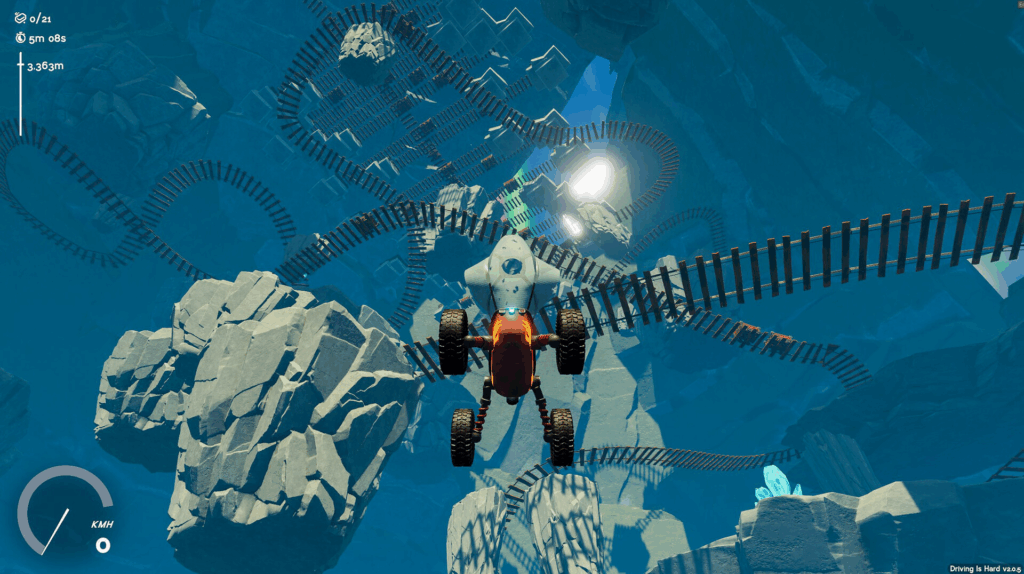
Each major region reflects Jeff’s memories and emotional scars, turning the literal climb into a figurative exploration of his past. The emotional payoff at the summit brings a rare moment of catharsis in a genre often focused solely on skill-based suffering.
Audio-Visual Presentation
Visuals
While asset reuse is noticeable, the vibrant, stylized art direction holds everything together. From tropical beaches at the mountain’s base to icy cliffs near the top, each biome is colorful and distinct. Surreal elements like floating trains, mine shafts, and treehouse villages create a sense of playful absurdity, unified by a cartoonish aesthetic.
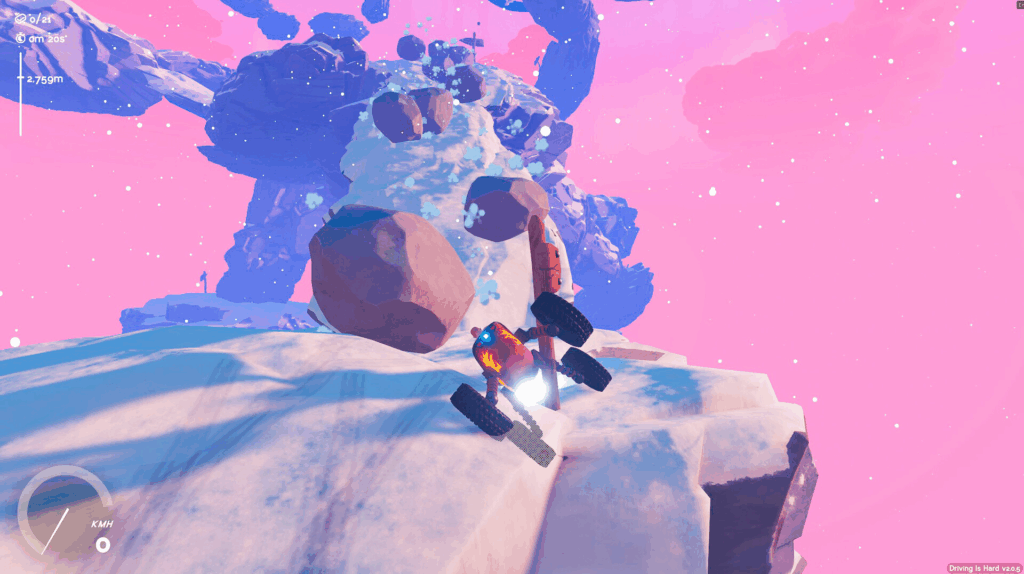
Sound Design
The soundscape is both humorous and immersive. The sputtering bathtub engine, exaggerated landing thuds, and metallic clangs bring charm to every move. The soundtrack blends retro chiptune flair with modern electronic beats, complementing the game’s quirky personality.
Dynamic voiceovers from Jeff and his father further enrich the experience, adding personality and emotional grounding. Ambient sounds—creaking wood, rushing wind, and distant rumbles—create a living world that reacts to the player’s climb.
Steam Deck Compatibility
While the game claims Steam Deck support, actual performance is suboptimal. Frame rates frequently dip between 20 and 30 FPS, disrupting the precision essential to the game’s core experience. This is a missed opportunity, as the retry-based gameplay and short level bursts would be ideal for handheld sessions.
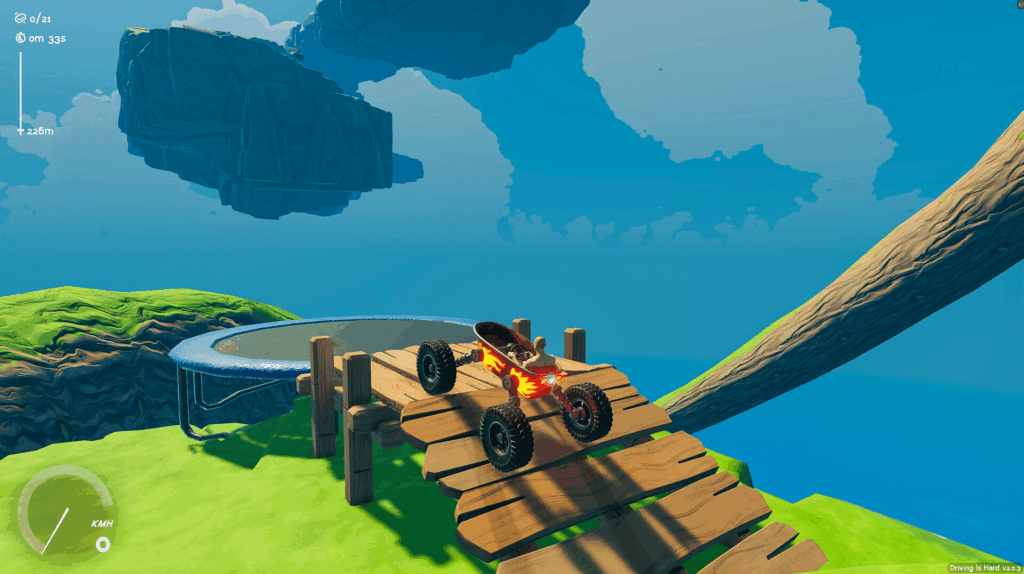
For now, the PC version offers the most stable and satisfying experience.
Strengths and Weaknesses
Strengths
- Responsive Controls – Movement feels fluid and intuitive, with player error being the primary source of failure.
- Creative Level Design – Smart layouts with shortcuts, recovery spots, and diverse biomes maintain engagement.
- Customization – Unlockable skins for both Jeff and his bathtub add personalization and incentive.
- Replay Value – Dual difficulty modes, hidden collectibles, and branching paths offer longevity.
Weaknesses
- Minor Bugs – Occasional physics hiccups and awkward camera angles can break immersion.
- High Difficulty Curve – Even on Easy mode, the challenge may alienate casual players.
- Niche Gameplay Loop – The singular focus on climbing and falling may not appeal to all.
- Steam Deck Instability – Inconsistent frame rates limit the game’s potential as a portable title.
Conclusion
Driving Is Hard is a creatively designed, emotionally resonant take on the Foddian genre. While it delivers compelling gameplay and meaningful storytelling, technical and design shortcomings prevent it from reaching greatness. Fixed camera angles often obscure key routes, and Steam Deck performance is frustratingly poor given the game’s potential as an ideal on-the-go experience.
Final Verdict: 6.5/10
Driving Is Hard is a clever, often frustrating, but ultimately rewarding platformer. It shines with originality and emotional depth, even if its rough edges sometimes undercut the fun. For fans of rage-platformers, it’s well worth the climb—just be ready for a bumpy ride.
Driving Is Hard : Driving Is Hard is a creatively designed, emotionally resonant take on the Foddian genre. While it delivers compelling gameplay and meaningful storytelling, technical and design shortcomings prevent it from reaching greatness. Fixed camera angles often obscure key routes, and Steam Deck performance is frustratingly poor given the game's potential as an ideal on-the-go experience. – Huy